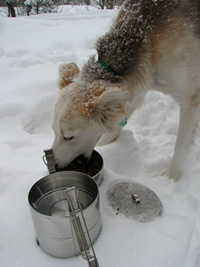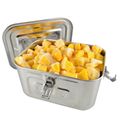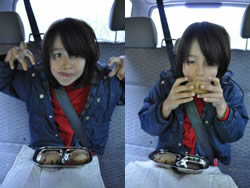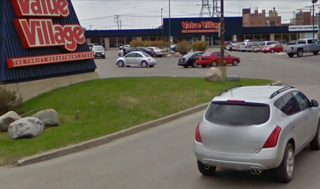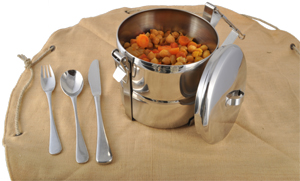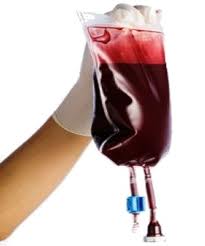2 November 2012 — We think water is as alive as us. We all need water to stay alive and thrive. So when the water we put into our bodies is unhealthy because it is polluted with toxins like chlorine and lead, it defeats the purpose of hydration: to promote life.
We often get asked about simple plastic-free water filtration systems. As far as we can tell, there are not a lot out there. Most water filtration systems use plastic casing for the filters and/or the storage vessel, or are large and expensive. So we’ve always been on the lookout for something small, simple and inexpensive to rival the Britas®‘ of the world. We think we may have found a wonderful option.


